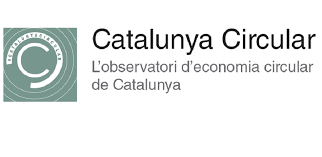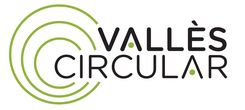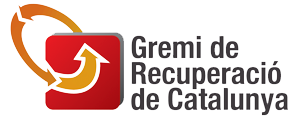The use of organic waste, as a substrate, can be understood as a double objective strategy: on one hand the recovery of organic waste and on the other hand the cultivation and production of insects. Nowadays, the recovery of waste through the cultivation of diptera is a developing technique. The commercial success of this strategy lies in the use of the products resulting from the bio-digestion process, such as fertilizers, feed and nutritional components for animal feed. These are shown in the following diagram.
The artificial breeding of insects, specifically diptera, is carried out on a small and large scale. On a small scale, for example, insects of high added value are raised for pollination in greenhouses; large-scale production is used for the cultivation of a large number of sterilized individuals, used for the control of pests affecting crops, through the technique of sterile insects.
One important aspect is that the use of insects for animal feed is restricted depending on the type of waste used as a substrate. According to the regulation (CE) Nº 1069/2009, the insects are considered farm animals, so that there are limitations regarding the substrate used in the crops, such as the use of manure or non-marketable food products of meat and fish.
The European Union, through the regulation (EU) No. 142/2011, prohibits the use of animal by-products for livestock feed, but allows its use in the production of feed for animals not destined for human consumption.
The composition and type of substrate used for the crop determines the development, yield and properties of the cultivated species. For this reason, one of the great challenges of this innovative technology is to control the variability of the organic waste used as a substrate. In the case of using by-products from agriculture or the agri-food industry, there is the advantage that the composition can be determined more easily. However, the problem lies in the availability throughout the year due to its seasonality.
Organic waste not only serves as a nutritional substrate, it can also be used as structuring elements, this is the case of wheat bran or sawdust and wood shavings.
As regard with the processing of larval biomass for commercialization as a source of proteins and fats, a relevant factor is the competition with other sources of nutrients consolidated in the market, such as soybeans and fishmeal. For this reason, the efficient production of eggs and the optimization of larval digestion are key elements to consider.
Bioflytech is a Technological Company of the University of Alicante that is dedicated to research and the scientific and technical development of procedures and products related to the culture of diptera. It makes selection of optimal species and varieties for each type of substrate, achieving improvements in the production and development of larval biomass.
These techniques are not free of risks and must be managed. Among them should be considered those of the crop for possible diseases, pathogens and contamination by toxins from insect populations, as well as those associated with workers, for example the development of allergies. Moreover, the risk associated with the use of this type of biomass for feeding and the potential transmission of diseases related should also be taken into account. Projects like PROteINSECT carried out research studies on the possible risks.
Bioflytech has published a scientific article on the conversion of organic waste into larval biomass, in which it concludes that a good methodology for artificial breeding, ought to begin by defining the type of biomass to produce, to later study the type of suitable substrate, in order to know how the substrate composition affects the biomass content. Next, you should find out what is the availability of this waste/ substrate throughout the year in the production region. Surely the best option will be a selected mixture of waste from the agri-food sector.







